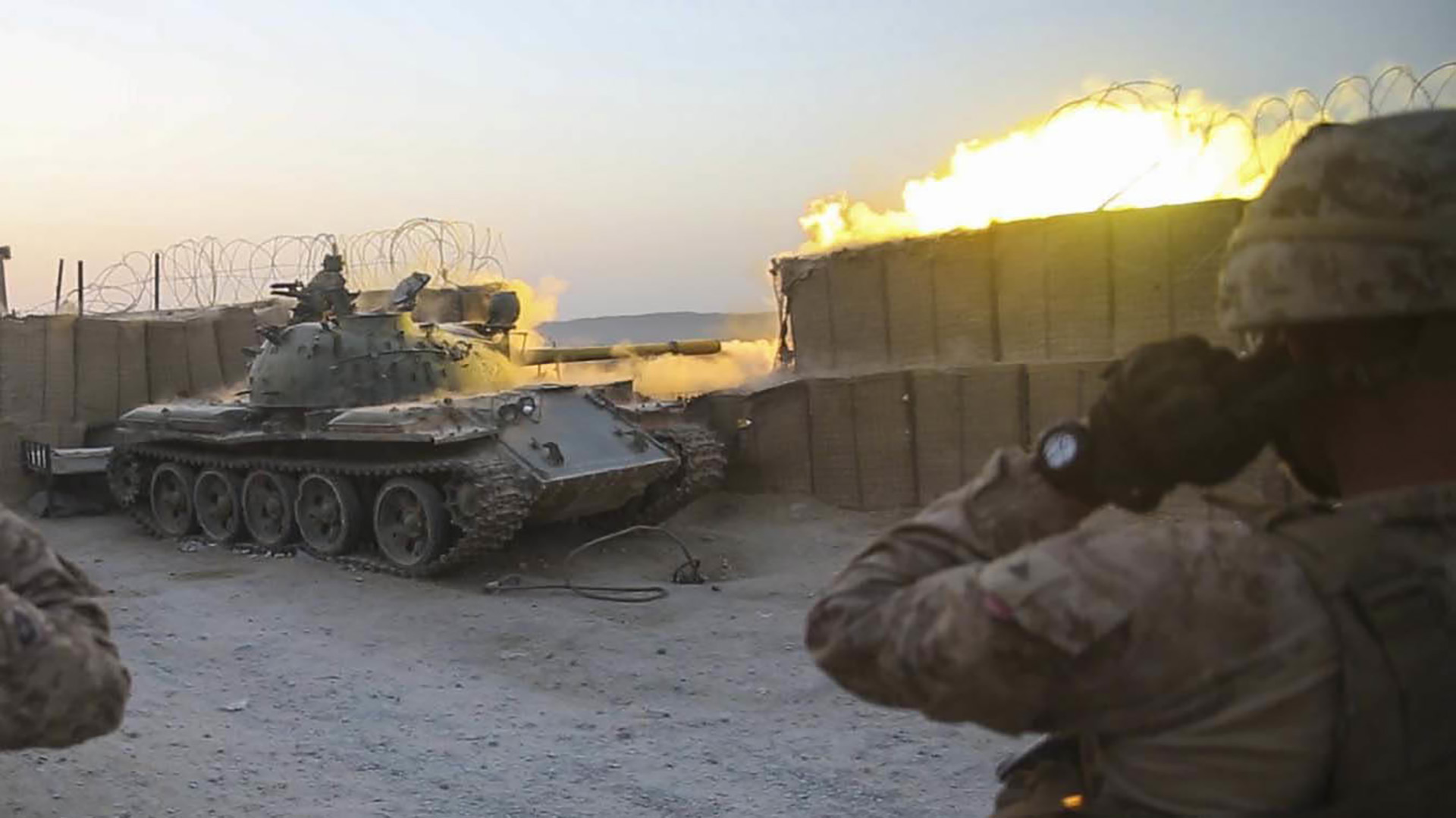

If the Pentagon is committed to transparency, as it has claimed, then it continually finds a way to suspend the rules when it comes to providing the American public with timely and accurate data.
The New York Times recently reported that the actual number of U.S. troops in Afghanistan is closer to 3,500 than the 2,500 announced by then Acting Defense Secretary Chris Miller on Jan. 15. The extra forces reportedly include temporary units and some Rangers who fall under both the CIA and Defense Department while in Afghanistan.
Army Maj. Rob Lodewick, a Pentagon spokesman, insisted there really are 2,500 U.S. troops in Afghanistan, adding that he could not comment on the figures cited by the New York Times because they are “not official DoD numbers, they are media reporting.”
It’s true that the number of troops deployed to a certain country is always a moving target, but this is not the first time that the Pentagon has been called out about providing incomplete figures.
Back in August 2017, defense officials acknowledged that the number of U.S. troops in Afghanistan was closer to 11,000 than the publicly announced figure of 8,400 because the Defense Department had not included troops on temporary missions in the official tally.
“This way of doing business is over,” said Dana White, the Pentagon spokeswoman at the time, who vowed the military would be more transparent going forward on troop levels in Afghanistan, Iraq, and Syria.
That didn’t happen. In fact, over the past four years the military has stopped providing monthly figures about the number of airstrikes flown over Afghanistan, Syria, and Iraq; how many military aircraft can fly, how many Afghan districts are under government control; and where service members sickened with the novel coronavirus (COVID-19) are assigned.
Most recently, the Pentagon has insisted it does not have a central way of tracking how many troops are opting not to get vaccinated for COVID-19 even though an Air Force two-star general was able to tell Congress that about one-third of troops were declining the vaccine.
Pentagon spokesman John Kirby has stressed that individual units, commands — and even the military services — may keep track of how many troops are getting vaccinated, but those numbers are not being reported to the Defense Department.
Kirby also said last month he did not know if the Pentagon would provide a breakdown of how many troops have been vaccinated at specific military installations. He explained that service members are divided into tiers, which determine when they will be eligible to get the vaccine. Those tiers are not determined geographically.
“I would certainly point you to the services,” Kirby told reporters at a Feb. 23 Pentagon briefing. “Each of the services probably have a better sense of how they are working their way through these tiers. But I don’t have that at the DOD level.”
So far, no one has explained why the Pentagon is unable to ask for and then tabulate data being collected by the military services.
When asked if the Defense Department would resume publicly sharing data that had been available before 2017, Lodewick, the Pentagon spokesman, stressed the military is committed to providing timely and accurate information “within the constraints of operational security considerations.”
“We are dedicated to being as transparent as possible, and have made this clear with near daily press briefings and increased media access to DoD leaders,” Lodewick said. “However, the nature of conducting military operations in support of national security priorities frequently demands restraint from publicly disclosing information capable of adversely affecting operations and threatening the safety of our service members and their families.”
“DoD frequently reviews its policies regarding the release of some operational reporting and associated data,” he continued. “If decisions are made to change release authorizations they will be announced at the appropriate time.”
But if the recent past is any indication, the Pentagon will likely not be keen to advertise any data that it thinks might reveal the military’s weaknesses because OPSEC always seems to win out.
As John Sopko, the famously blunt inspector general for Afghanistan reconstruction, once said: “Governments don’t usually classify good news. If they do by mistake, it’s leaked.”
Featured image: Featured image: Marines in Helmand province advise Afghan troops at Camp Nolay in Sangin district, Aug. 8, 2018. (U.S. Marine Corps photo by Sgt. Luke Hoogendam)
Related: The United States risks getting into another Cold War with China
